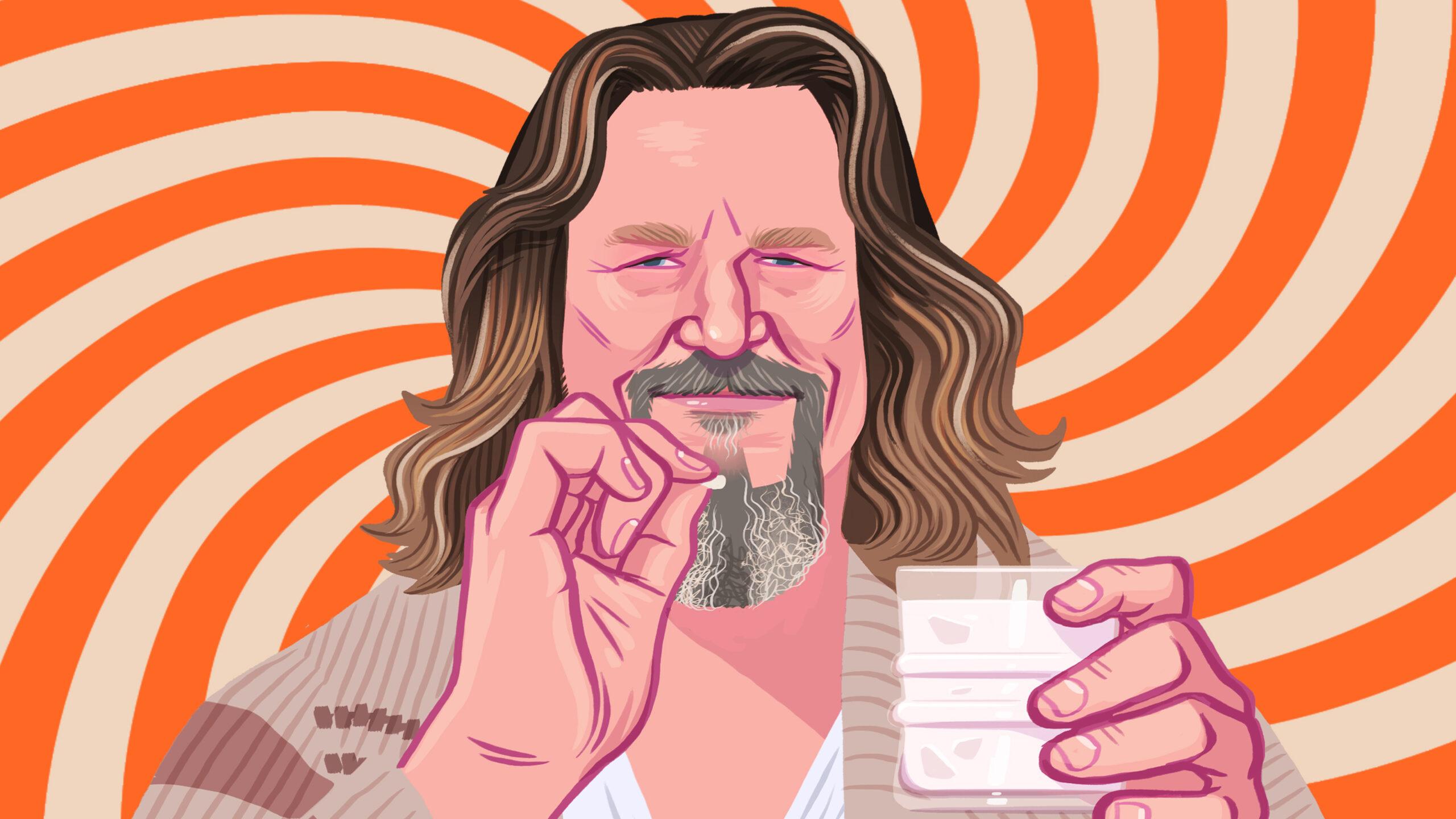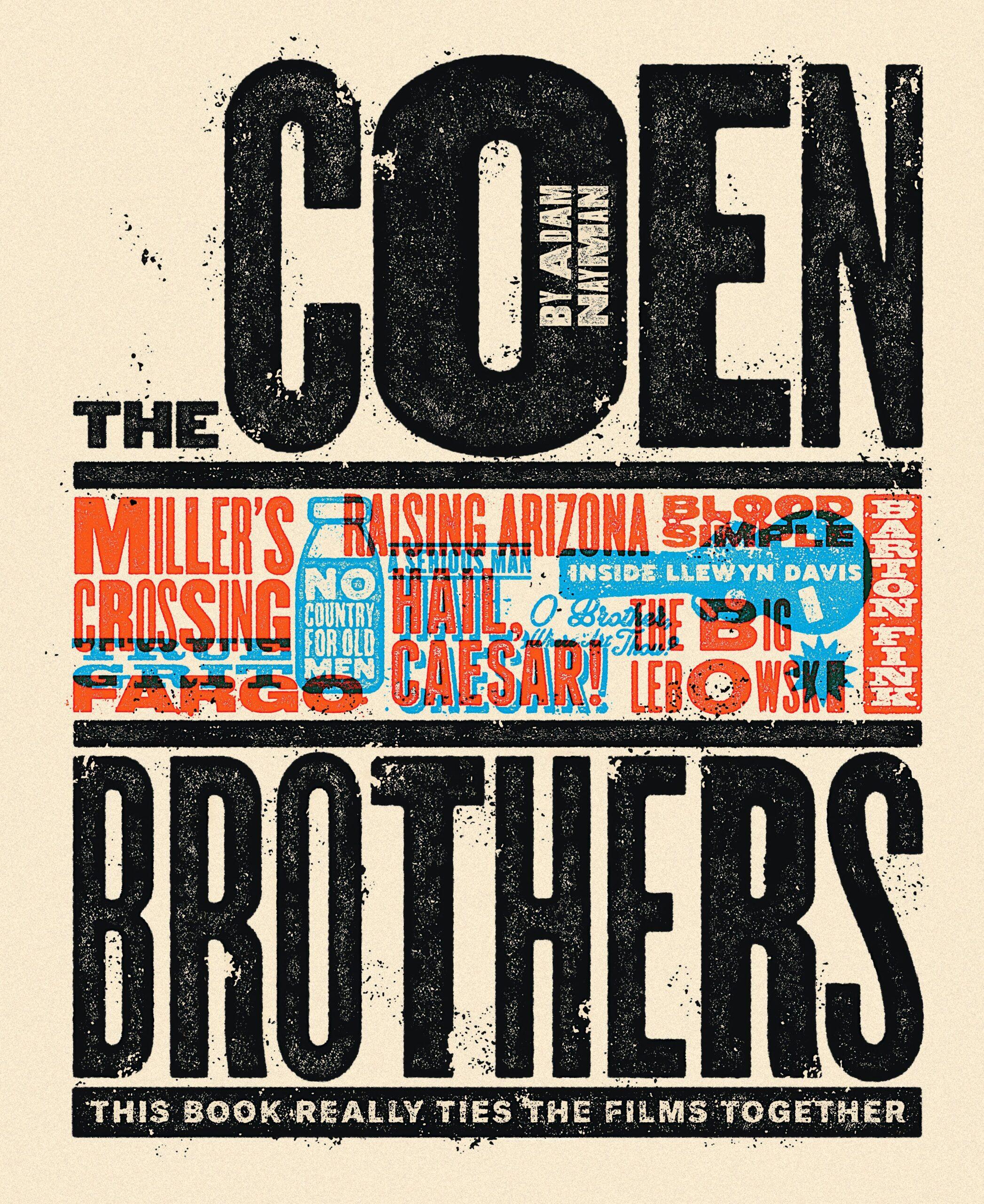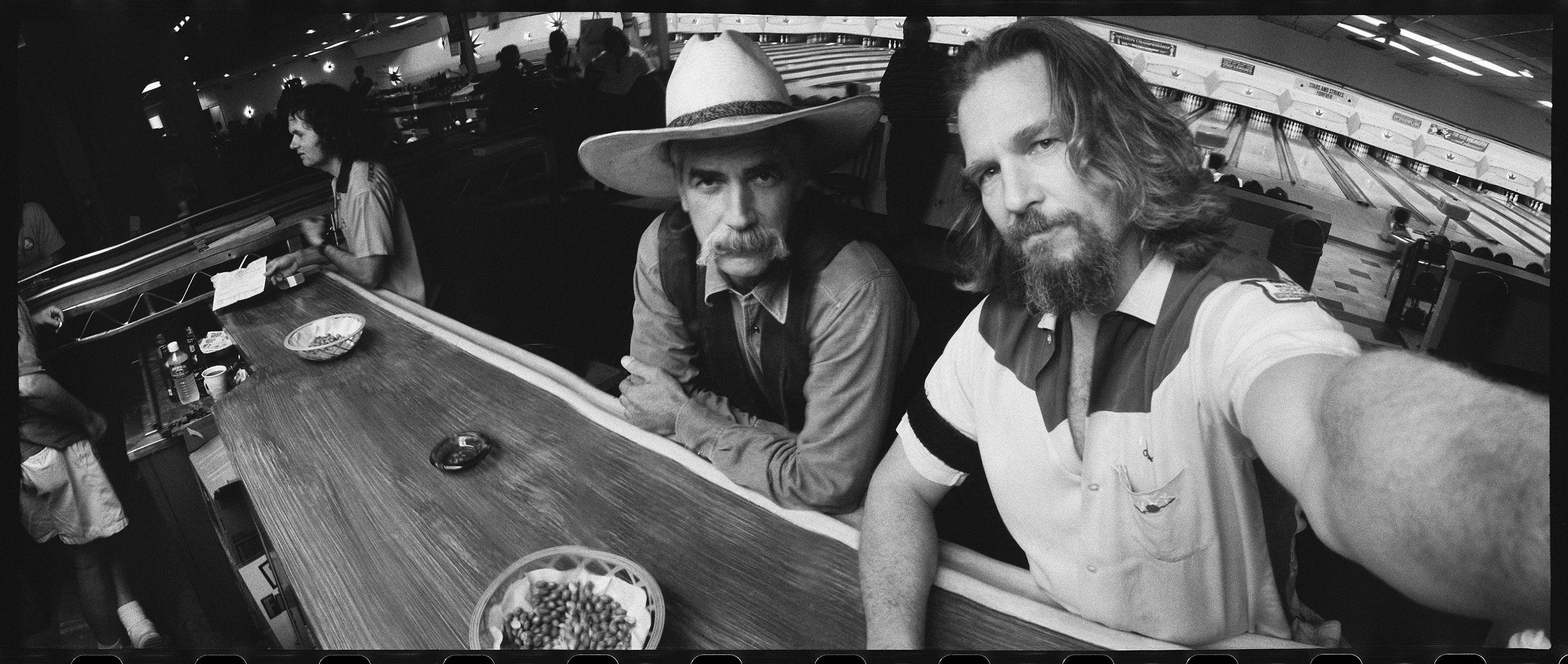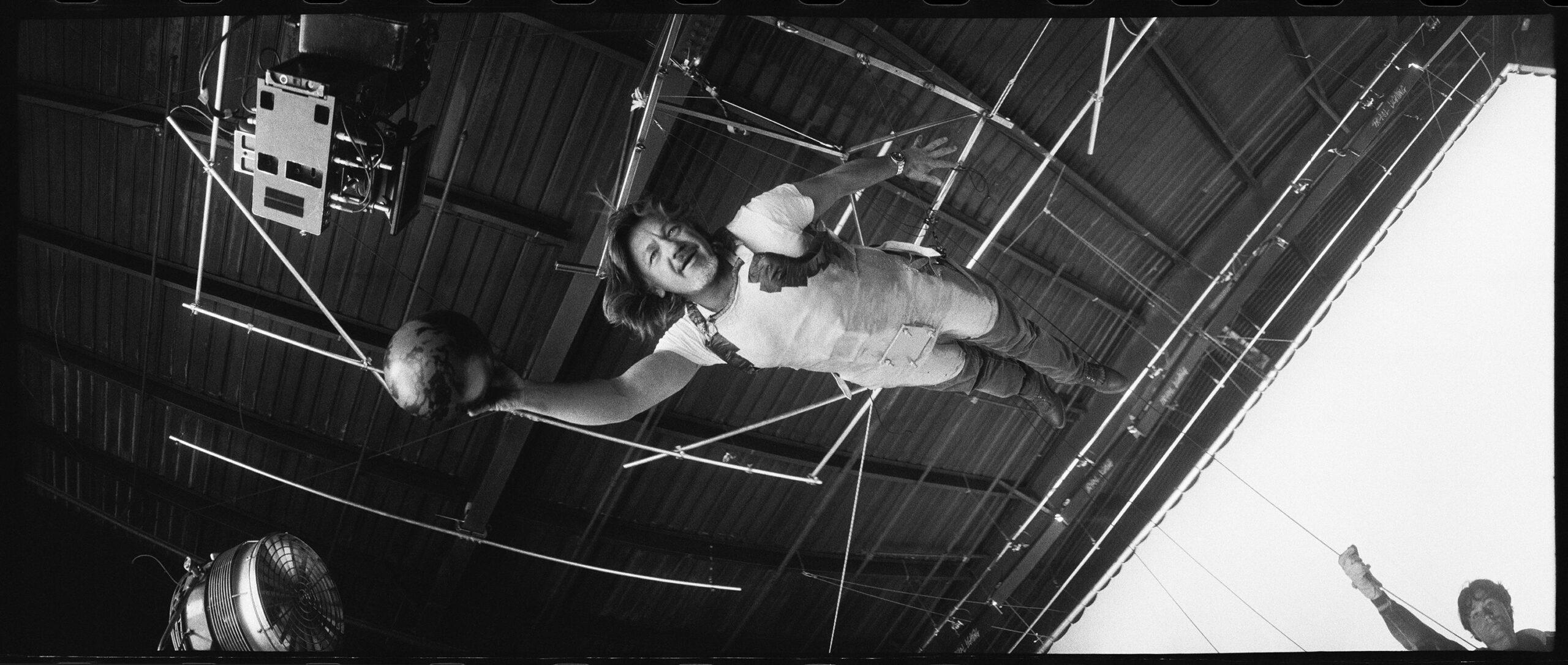
In the published screenplay for The Big Lebowski, a character named “The Dude” is introduced in the stage directions as “a man in whom casualness runs deep.” Of all the Coens’ movies, The Big Lebowski is, at least on the surface, the most ambling and aimless. It starts with a tumbleweed that tumbles through its opening shots to the serene sounds of the country band Sons of the Pioneers, which kicks things off at a mellow tempo. The tumbleweed’s slow encroachment through the frame is like a cue for Jeffrey Lebowski’s own woebegone progress. This is a man who takes it easy to the point that he loses track of the days of the week, and who dresses like every day is Casual Friday. But the film around him has depths to plumb, and then some: There is no bottom.

The Big Lebowski was released in 1998, after the success of Fargo had rerouted the Coens’ career. It was originally written in the early nineties, around the same time as Barton Fink, which accounts for similarities between the characters played in both films by John Goodman (who was not available to shoot closer to the completion of the script because of his commitments on ABC’s sitcom Roseanne). The film it most closely resembles in the first part of the Coens’ career, however, is The Hudsucker Proxy, with which it shares several key elements, including a good-hearted simpleton protagonist (The Dude, aka Jeff Lebowski, played by Jeff Bridges, for whom the role was written); a folksy narrator (The Stranger, played by Sam Elliott, whose name was similarly invoked by the Coens in their early screenplay drafts); a general sense of good cheer more indebted to the screwball optimism of Raising Arizona than the icy detachment of Blood Simple or Miller’s Crossing; and an overall embrace of wild stylization (in terms of camera movement, set and costume design, and soundtrack curation) in place of Fargo’s bloody simplicity.
Where The Hudsucker Proxy’s grandiosity arguably smacks of showing off—a feeling consistent with it being the brothers’ first foray into studio-subsidized filmmaking—Lebowski’s virtuosity serves a sense of modesty. The difference between the films lies in the divergent attitudes of their protagonists, one who embodies skyscraping ambition and one whose aspirations have long since atrophied. It’s a fantasy of upward mobility versus a daydream of horizontal stasis. When Norville Barnes drifts off to sleep at his desk, he imagines himself trapped in a tango with a beautiful woman who keeps gracefully eluding his grasp. In The Dude’s hallucinations, he’s cruising on a flying carpet or floating facedown along the polished length of a ten-pin bowling lane. He is happy to follow the tumbleweed’s lead and just roll with the flow.

The Dude’s basic malleability is a running (or rolling) joke throughout The Big Lebowski, which is constructed more or less as an obstacle course for a character who can barely be motivated to get out of bed in the morning. It’s a matter of record that the character—and Bridges’s look and basic mannerisms in the role—was based in part on the American film producer and political activist Jeff Dowd, who helped the Coens navigate the distribution market back in the days of Blood Simple. Yet there’s more to the performance than impersonation. One of Bridges’s specialties as an actor is transparency—as in John Carpenter’s Starman (1984), where he empties out entirely as an alien adopting a human form—and his guilelessness as The Dude is really quite remarkable; not a good-ole-boy tour de force like Nicolas Cage in Raising Arizona or Tim Robbins in The Hudsucker Proxy but the weariness of a man whose idealism has long since departed and left him running on empty. The claim made by The Stranger that Jeffrey Lebowski is “possibly the laziest man in Los Angeles County ... which would place him high in the running for laziest worldwide” is backed up by Bridges’s soporific comportment, which suggests a character hypnotized by his own passivity—a waking trance state that leads him to subconsciously absorb information from the world around him.
Paying for a carton of milk at the supermarket on the eve of the first Gulf War, he sees news footage of George H.W. Bush threatening Saddam Hussein and files the president’s tough talk away for his own use later on. After being roughed up at his squalid pit of an apartment by thugs who’ve mistaken him for a different, considerably more prosperous man with the same name—who pee on his rug to make the humiliation complete—The Dude goes to the other Jeffrey Lebowski for compensation and, after being rebuffed, tells him that “this aggression will not stand.” In lieu of any strongly held beliefs (beyond the fact that he hates the Eagles), The Dude is wide open to suggestion, and hearing saber-rattling Republican platitudes being parroted by an aged hippie is the pivot point of The Big Lebowski’s 360-degree sociological satire. It sends up the deflated idealism of seventies leftists via The Dude’s two-decade de-evolution from a proud campus radical into a guy who tries to buy a carton of milk with a personal check while also extending its mockery to a flock of hawkish avatars constantly in his hair.
These include The Dude’s best friend, Walter Sobchak (Goodman), a Vietnam vet whose PTSD manifests in spasms of psychotically self-righteous rage. This character was rumored to be modeled on the famously militant Hollywood screenwriter John Milius, another example of the film’s stranger-than-fiction dramaturgy. Then there’s the Big Lebowski himself, acted by the late David Huddleston as a physical and ideological double for Dick Cheney, who proudly displays photos of himself with a host of Republican power brokers. “This picture was taken when Mrs. Reagan was the First Lady of the nation,” explains Lebowski’s factotum, Brandt (Philip Seymour Hoffman), channeling the unctuous butlers of 1930s drawing-room comedies by way of Waylon Smithers from The Simpsons.

By rejecting The Dude’s request for a new rug to replace the soiled one, the Big Lebowski claims to be standing for conservative notions of self-reliance. By the end of the story he will be unmasked as precisely the sort of “bum” he’s pegged his guest as, subsisting only on an allowance from his adult daughter Maude (Julianne Moore). The Big Lebowski’s presence as the proverbial “man behind the desk” puts him in the company of Nathan Arizona, Jack Lipnick, and Sidney Mussburger. And this archetype of the male tycoon secretly propped up by a woman will recur in The Man Who Wasn’t There and Intolerable Cruelty. It’s a ridiculous oversimplification to call The Big Lebowski a movie about a man who wants to replace his rug. That would be like saying John Huston’s The Maltese Falcon (1941)—which along with Howard Hawks’s The Big Sleep (1946), and Robert Altman’s The Long Goodbye (1973) comprise the holy trinity of noirs the Coens pillaged to piece together their own plot and dramaturgy—is about a guy trying to get his hands on a statue. And yet it’s also a measure of the Coens’ cleverness that The Dude’s obsession with an incidental piece of floor décor doesn’t lie too far from the heart of the matter: The rug is the stuff that dreams are made of. The Big Lebowski is a film dominated by circular, reiterative dialogue, and The Dude isn’t the only one who absorbs and parrots key phrases from the people around him. Language subdivides and multiplies throughout the screenplay with almost viral efficiency. Brandt implores The Dude over and over again that Bunny Lebowski’s (Tara Reid) life is “in his hands.” Maude reassures The Dude that the doctor she’s recommended to suss out a blow to his skull is “a good man, and thorough.” Walter, taking a golf club to a stranger’s sports car, howls that “this is what you get when you fuck a stranger in the ass!” Yet it is The Dude’s refrain that “the rug really tied the room together” that rings loudest: This dubious claim becomes a symbol of a slovenly character’s latent desire for order and meaning underneath his laissez-faire lifestyle.
Excerpted from The Coen Brothers: This Book Really Ties the Films Together, by Adam Nayman © Abrams Books, 2018.